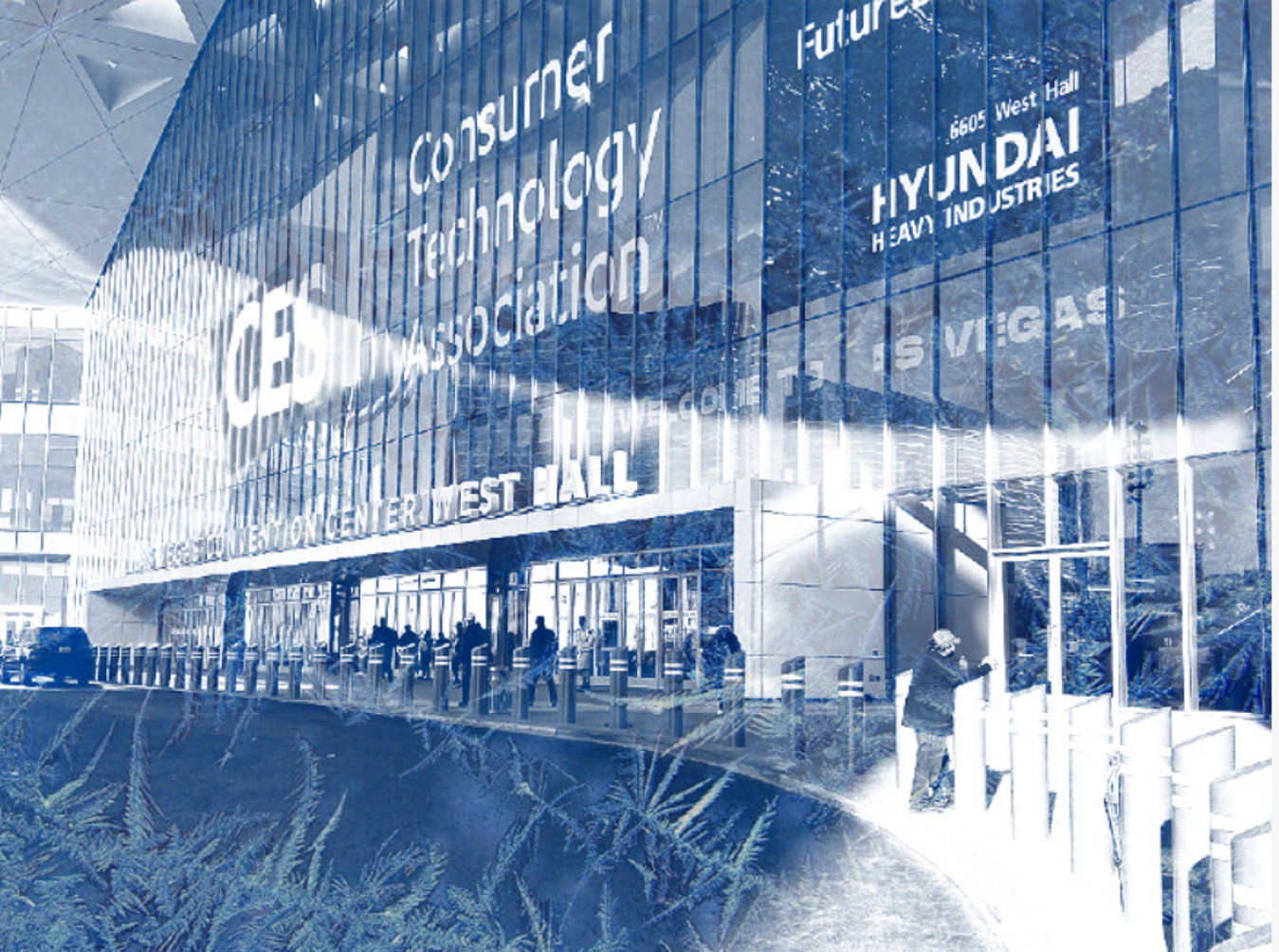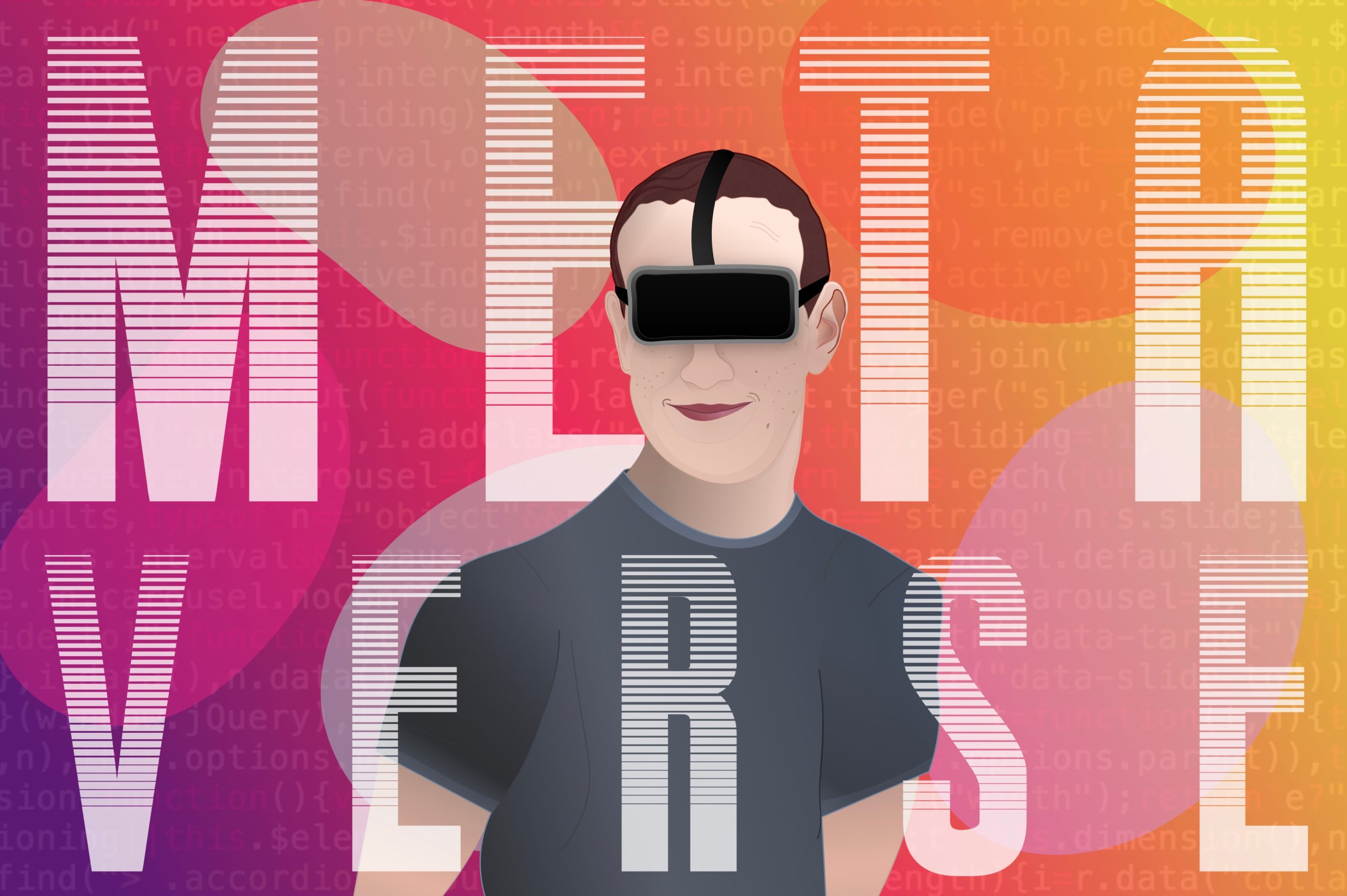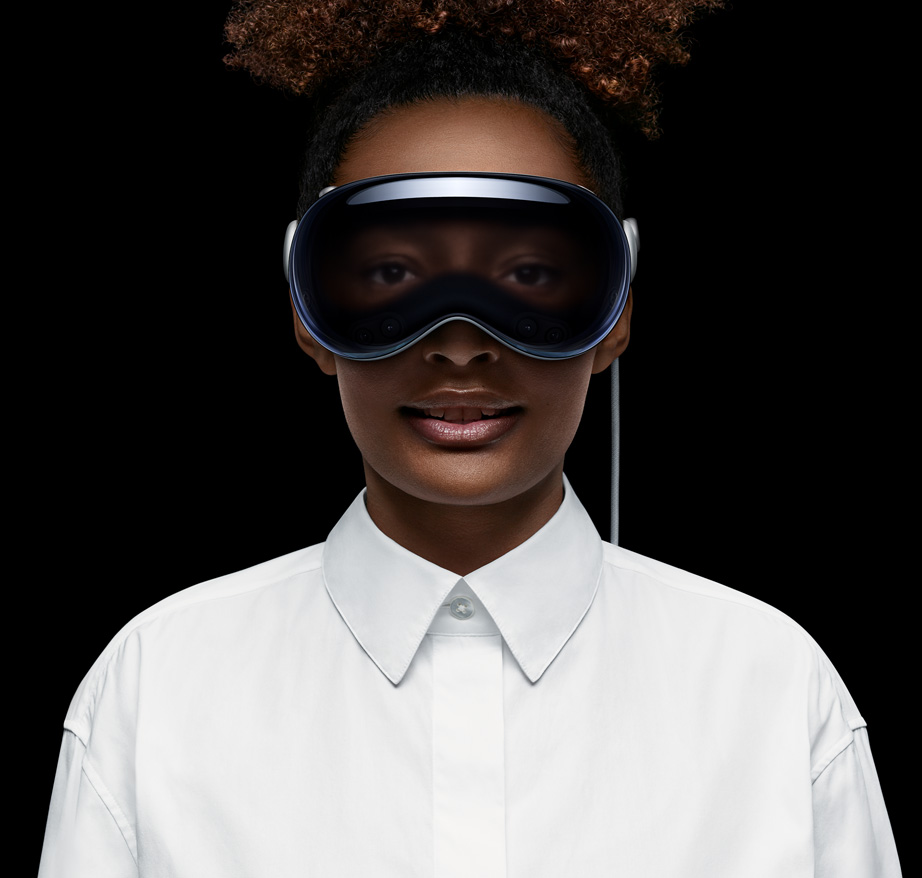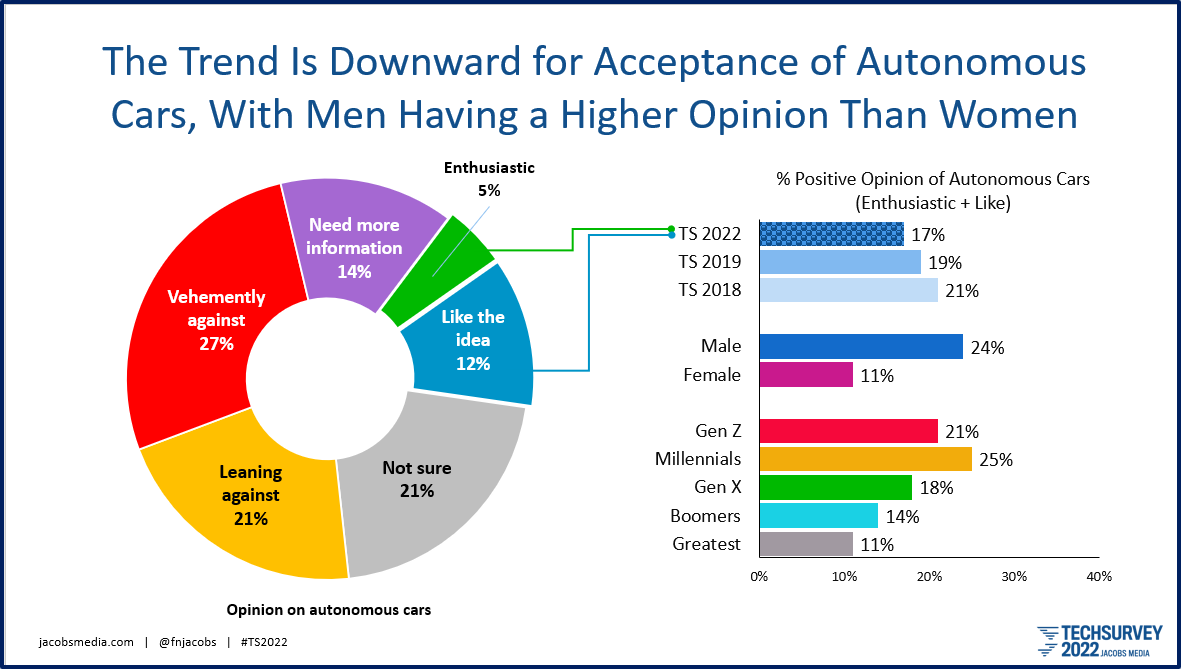
CES 2024 is clearly in the rearview mirror at Jacobs Media, but we will remember it as one of the good ones. Everything was “up” – attendance, exhibitors, startups. And I wouldn’t be surprised if 2024 is looked back on as “The year AI ate CES.”
If you made it to our webinar, seen us speak in the past several weeks or spoken with me, Paul, Bob Kernen, or Chris Brunt since we returned from an uncharacteristically cold and windy Las Vegas, it’s pretty much been “all AI, all the time.” We even debuted a weekly newsletter – the Jacobs AI Edge – written and curated by Chris. If you haven’t read it yet, signup is simple, painless and free right here.
The key to navigating CES successfully is honing your trendspotting skills. After 15 consecutive years of attendance (except for 2021 when the in-person event was cancelled due to the pandemic), you get pretty proficient at identifying what’s hot – and what’s not.
Interestingly, there’s “buzz flux” from show to show. One year, a trend might be the talk of the show, but the next year, it might recede into the background. The tech winds are fickle as we’ve learned by showing up at CES consistently.
And while the most commonly asked questions are “What was the coolest gadget you saw at CES?” or “What was the hottest trend you saw emerging?,” no one typically asks the counter-question:
“What wasn’t so hot at CES?”
In some ways, it is informative to pinpoint tech that’s flatlining, especially to the broadcasting business where we aren’t exactly known for being innovative with technology. The megatrends of media and technology are generally birthed by the “Trillion Dollar Death Stars” as Evan Shapiro calls them: Apple, Amazon, Microsoft, Facebook.

It’s true that bootstrap startups can still launch as trends like Josh Wardle who invented “Wordle” for his partner who loved word games, or Garrett Camp who dreamt up Uber on a snowy night in Paris when he could not find a taxi. Each of these ideas has led to quantum changes in the way millions spend time and getting from Point A to Point B.
Individuals can still inspire innovation. But most of the time, it’s the big boys developing new technology, while the rest of us scramble to figure out how it applies to our industries. And then there’s the opposite that can take down companies and decimate fortunes – ideas that had promise, but run out of steam.
In many ways, CES is a giant litmus test for technology. And there are many reasons why products and technologies fall out of favor, sometimes before they even come to market. Among them:
- They are impractical to develop, manufacture, or sustain.
- The technology doesn’t consistently work.
- There’s not enough demand from consumers (or businesses).
- Consumers struggle to use it.
- The costs to develop and maintain the technology is greater than the return.
- The expectations for the technology are unrealistic.
While this may not be the exhaustive list for “epic fails,” it covers a lot of exhibit square footage at CES. And when you see fewer exhibits and less event space at CES this year than back in 2022 or 2023, you begin to start connecting the dots.
That’s been the case for voice command technology over the past few years. As sales of smart speakers have slowed, we’ve watched Amazon and Google – the two biggest players in this space – pivot to other technologies. At CES this year, both were ensconced in AI (of course). But you could’ve looked far and wide at Amazon’s large exhibit or at the massive “Google House” as we refer to it in the middle of Central Plaza once again this year for any sign of Alexa or Google Home devices and you would have come up empty. “Voice” may be widely used to bark out commands to AI engines, but it is no longer a standalone technology that either company is betting on at the moment.
But what about other CES trends from just the past couple years? Have any gone cold compared to the frenzy they inspired when they exploded on the scene?

As I walked up and down the exhibit halls at the Las Vegas Convention Center, I started flashing back to a favorite film of mine, the 2003 indie treat, The Cooler. Not coincidentally, it is set in Vegas and stars Bill Macy as Bernie Lootz (pictured), a guy with epic bad luck in the gambling department. When a craps or Blackjack table or roulette wheel gets hot for a customer and they start winning big, the Shangri-La casino sends Lootz over to do what he does best: “cool down” the table. Lootz has the “gift” of taking something red hot and in short order, pretty much leveling it.
 The Metaverse fit that description at CES this year. After enjoying a winning streak at the 2023 show, generating much buzz and extracting billions in investment capital, the Metaverse was virtually M.I.A. at CES last month.
The Metaverse fit that description at CES this year. After enjoying a winning streak at the 2023 show, generating much buzz and extracting billions in investment capital, the Metaverse was virtually M.I.A. at CES last month.
Remember back in 2021, Mark Zuckerberg even changed the name of his company to “Meta” in anticipation of this technological new world being created and taking the regular world by tsunami. While the Metaverse was far from ubiquitous at last year’s show, there were big players showing off what the future might look like. Microsoft was one of our tour stops last year, a fascinating demonstration of how the Metaverse could be used to circumvent physically walking into a car dealership and that suboptimal experience.
Part of the Metaverse’s fits and starts might have to do with the slow adoption of appropriate headgear to transport us to a virtual space and/or that most consumers are comfortable wearing. And the latter challenge might be figuring into an early hiccup for Apple’s Vision Pro progress since being announced last month in Cupertino while CES was taking place in Vegas.
No, it’s not the $3,500 price tag on this gadget (although that must be off-putting for some people). Apparently, the major glitch at the moment is the device’s weight and (lack of) comfort. While Apple is touting the Vision Pro as the device that will power spatial computing (think Minority Report), if these goggles are difficult to wear for extended periods of time, that’s a problem. Like so many other Apple products that turbocharged an entire tech segment – iPod, iPhone, Watch, etc. – the hope is that Vision Pro will make us want to all strap on their new entry in the headset space.
some people). Apparently, the major glitch at the moment is the device’s weight and (lack of) comfort. While Apple is touting the Vision Pro as the device that will power spatial computing (think Minority Report), if these goggles are difficult to wear for extended periods of time, that’s a problem. Like so many other Apple products that turbocharged an entire tech segment – iPod, iPhone, Watch, etc. – the hope is that Vision Pro will make us want to all strap on their new entry in the headset space.
But according to The Verge, a slew of Vision Pro buyers are taking advantage of Apple’s 14-day return policy, to package up these headsets and bringing them or shipping them back. It is one thing to issue a “patch” to remedy a software glitch, it’s another to correct a device’s physical form or weight.
In addition to the aforementioned discomforts, Verge reporter Victoria Song says other complaints include motion sickness, eye redness, and dry eyes (apparently common with other VR headsets).
@verge Ok, early adopters. Today’s the last day to return your Apple Vision Pro and a few of you started posting on social media why you might just do that. Looks like comfort is the most common complaint. Are you returning yours? Or are you keeping it? #apple #visionpro #headset #tech #techtok ♬ original sound – The Verge
And there’s autonomous mobility, better known as self-driving cars. Once a major trend at CES, often coupled with electric vehicles, autonomy was feeling the Bernie Lootz effect this year. It was a relative rarity on the show floor in Vegas.
You could see the thunder clouds approaching. Last year, many autonomous initiatives were slashed, including GM’s Cruise subsidiary, laying off 900 workers late in 2023. Last week, Waymo executed a massive recall, taking 444 self-driving cars off the road after a self-driving mishap in Arizona.
Smaller companies were also impacted by the downtrend, including TuSimple, the autonomous trucking company we saw prominently displayed at CES just a couple years ago.
Similarly, “smart cities,” a definite trend at several CES shows were much harder to find at CES 2024. This civic planning trend makes widespread use of self-driving vehicles that communicate with one another to facilitate efficiency and speed. But safety and reliability are speed bumps in the autonomous growth curve. To a great degree, you can thank Elon Musk for the setback. Tesla’s Autopilot has come under scrutiny by the federal government, leading to more consumer doubt.
And for autonomous, drivers and passengers have been far from enthused about the technology. In past Techsurveys, we’ve asked our core radio listeners to rate their interest in self-driving cars, and the results have typically looked like this chart from Techsurvey 2022, tracking a three-year downtrend in consumer acceptance of autonomous driving.

And somehow, data like this and some of the dark clouds forming around autonomous – including their own severe cutbacks – haven’t stopped GM from continuing to run the same annoying GMC ad, featuring “We Will Rock You.”
Why GM would actively be marketing a feature they are reducing their investment in is a mystery, and just as vexing as their cancellation of Apple CarPlay in their new models.
Maybe they know something we don’t know.
Transportation editor for The Verge, Andrew J. Hawkins believes these autonomous problems are self-inflicted wounds on the part of automakers. He says they overpromised and underdelivered on autonomous. Combined with no regulation, testing fails were magnified, freaking out a concerned public.
Morning Brew says that attendees at a Lunar New Year celebration in San Francisco last week turned into a mob scene. An autonomous Waymo vehicle was set on fire. A Jaguar I-PACE crossover suffered broken windows and spray paint before it, too, was incinerated.
When I read these stories I could help but think about a bizarre scene in a recent Netflix movie, Leave the World Behind, starring Julia Roberts and Ethan Hawke. The dystopian film depicts an out of control world in which one of the most unsettling scenes involves driverless white Teslas misbehaving.
Back to the real world where self-driving cars don’t have minds of their own, GM (along with Ford and Chrysler/Stellantis) did not opt to exhibit at CES 2024, citing fallout from the UAW strike among other reasons. Clearly, foreign automakers stole the spotlight and the edge in Vegas this year as a result of the Big 3’s lack of presence. I’d be surprised if they were absent in West Hall at next January’s show.
But automakers aside, the self-driving frenzy has cooled. As CBT News, an automotive news outlet, summed it up, “Looking over the exhibit hall space, Autonomous (self-driving) technology no longer seems to be an auto industry obsession.”
I’ll say. It’s like Bernie Lootz hopped in the backseat of one of those self-driving vehicles and took a ride around the LVCC.
As we learn every year, what isn’t hot can be as telling as what is buzzworthy at CES.
You just have to know where to look.
Be sure to sign up for Chris Brunt’s “AI Edge” newsletter, a free, practical guide of artificial intelligence for broadcasters. Register here.
- Like A Pair Of Old Jeans - April 2, 2025
- What’s Fair Is Fair - April 1, 2025
- What’s On Your Bucket List? - March 31, 2025




In the rarefied atmosphere of the C suite it’s easy to overlook either (or both) that (1) you’ve got a solution seeking a problem or (2) a solution that falls far short of meeting the challenge. One might be forgiven for suspecting that strategic decisions were taken after a tactical session of nose-packing.